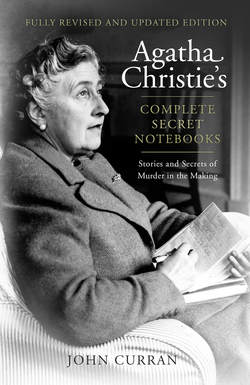Читать книгу Agatha Christie’s Complete Secret Notebooks - Агата Кристи, Agatha Christie, Detection Club The - Страница 49
The ‘armchair detective’ and pure reasoning
ОглавлениеIn 1842, Poe’s story ‘The Mystery of Marie Roget’ was an example both of ‘faction’, the fictionalisation of a true event, and of ‘armchair detection’, an exercise in pure reasoning. Although set in Paris, the story is actually an account, complete with newspaper reports, of the murder, in New York some years earlier, of Mary Cecilia Rogers. In this story Dupin seeks to arrive at a solution based on close examination of newspaper reports of the relevant facts, without visiting the scene of the crime. The clearest equivalent in Christie is The Thirteen Problems, the collection in which a group of friends, including Miss Marple, meets regularly to solve a series of mysteries including murder, robbery, forgery and smuggling. Miss Marple also solves the murders in The Mirror Crack’d from Side to Side basing her solution on the observations of others, and visiting the scene of the crime only at the conclusion of the book. She undertakes a similar challenge in 4.50 from Paddington when Lucy Eyelesbarrow acts as her eyes and ears. Poirot solves ‘The Mystery of Hunter’s Lodge’, in Poirot Investigates, without leaving his sick-bed; and in The Clocks, making what amounts to a cameo appearance, he bases his deductions on the reports of Colin Lamb. For the novels of Christie’s most prolific and ingenious period (roughly 1930 to 1950), the application of pure reasoning applies. From the mid 1950s onwards there was a loosening of the form – Destination Unknown, Cat among the Pigeons, The Pale Horse, Endless Night – and she wrote fewer formal detective stories. But as late as 1964 and A Caribbean Mystery she was still defying her readers to interpret a daring and blatant clue.
